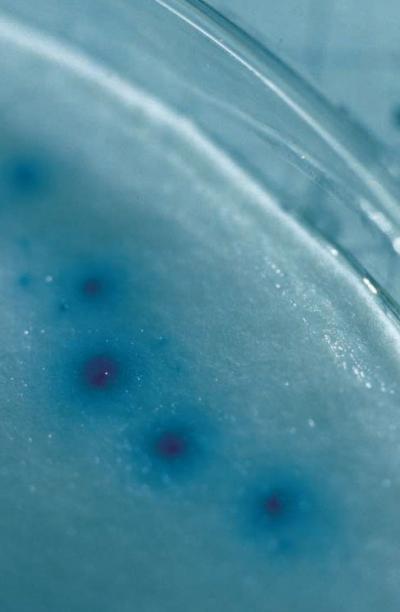A drug under study to treat various cancers selectively kills cancer cells because of its affinity for a modified version of a critical heat shock protein they contain, researchers have found.
They found in cancer a modified version of heat shock protein 90, or hsp90, which like most heat shock proteins, promotes cell survival.
 The "iMYTH-system" shows a positive readout of our iMYTH sytem. If two proteins interact in iMYTH system the yeast cell will stain blue. Credit: Staglar lab
The "iMYTH-system" shows a positive readout of our iMYTH sytem. If two proteins interact in iMYTH system the yeast cell will stain blue. Credit: Staglar lab